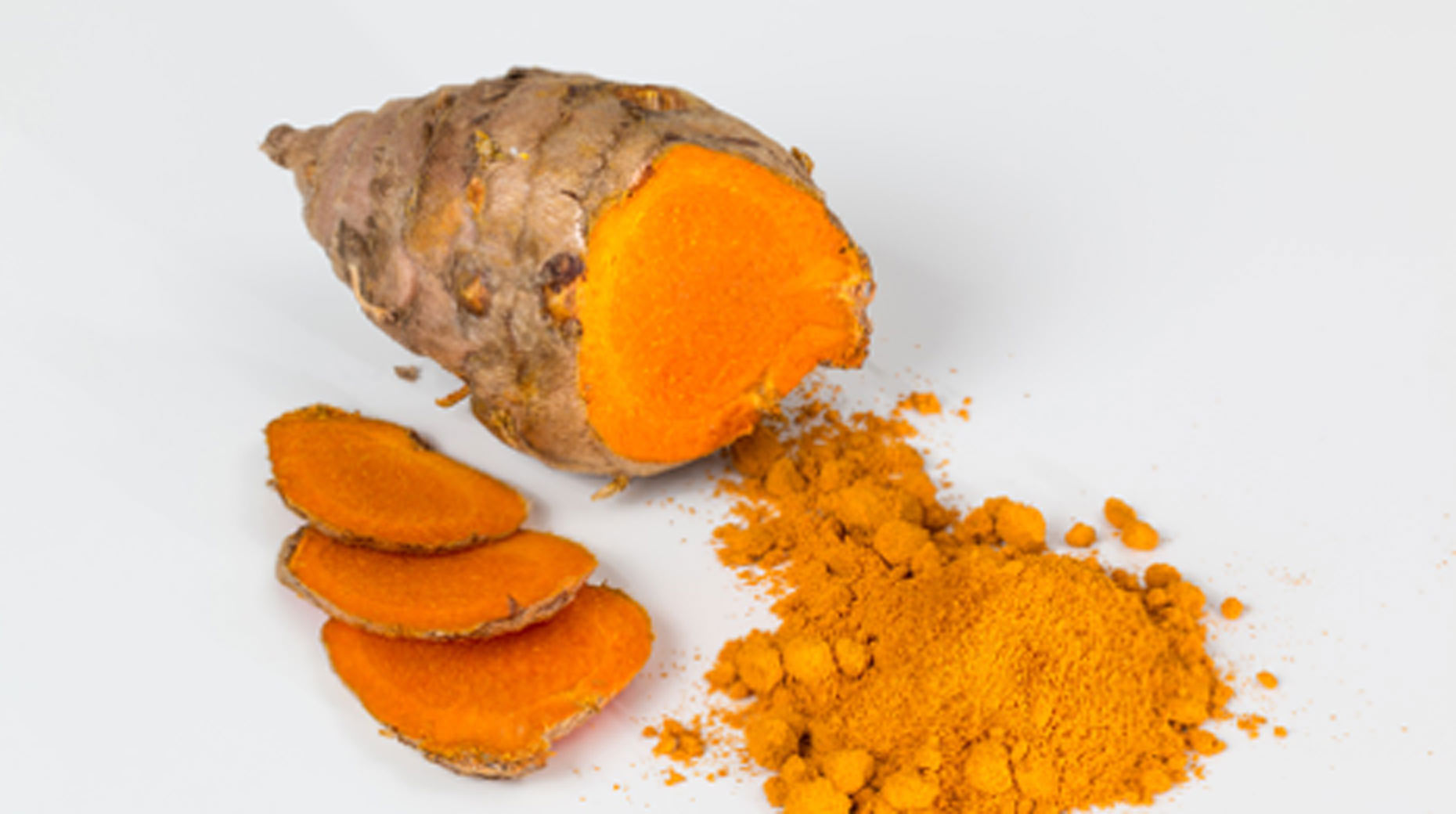Turmeric is not only a key ingredient of your favourite curry, it’s recently been getting lots of media interest as a very useful herb to help in the management of many chronic conditions – from arthritis, to controlling blood sugars, and it’s even been claimed to help control certain cancers.
So what is the evidence and is it a good idea to take this herb as a supplement – or just incorporate it in more home cooking?
Turmeric is a key herb in the ancient Indian medical tradition known as Ayurveda, which dates back thousands of years.
It has been used to help maintain healthy blood, skin, circulation and as a nourishment to feed the whole body.
Could the key to the population of India having one of the lowest rates of chronic degenerative diseases in the world be due to their huge consumption of this incredible spice? It is certainly worth a closer look.
This amazing spice works in the following ways:
- Inflammation is a key driver in many chronic conditions from atherosclerosis in heart disease to the pain of arthritis, and abdominal pain associated with IBS, and diverticular disease.
- Chronic long-term inflammation has also been linked to certain cancers in research1 Inflammation control is the area where this incredible spice seems to work. It’s been shown in research to be as effective as many modern NSAID medications, but without the associated complications of stomach bleeding these drugs can cause if not managed effectively 2
- Turmeric actively inhibits inflammatory pathways within the body, making turmeric a first choice for inflammations of the musculoskeletal system and the digestive system.
- Research has shown that turmeric impacts upon certain pain receptors within the body; it has been demonstrated as being particularly effective for chest and abdominal pain, frozen shoulder and menstrual cramping.3
- Turmeric contains some very potent polyphenols, also known as antioxidants, which have the ability to protect cellular DNA and repair any existing damage from environmental carcinogens, for example.
- Turmeric has a significant action upon the heart and the circulation. It will improve the flow of blood to the heart and encourage anti-platelet activity, reducing the risk of plaque build up in the arteries.
- Turmeric also improves blood flow through the liver, improving the efficacy of liver detoxification pathways but also stimulating cellular repair mechanisms in damaged liver cells. This improvement in blood flow and quality impacts significantly upon the quality of the skin, and turmeric can therefore be an excellent remedy for any afflictions of the skin.
- In the digestive system, turmeric helps balance levels of bacteria, supporting a healthy digestive environment.
How does Turmeric achieve these incredible health benefits? Part of the reason is down to the characteristically strong yellow colour of this incredible root. These yellow pigments are collectively known as curcuminoids. The root is also brimming with essential oils knowns as tumerones.
The curcuminoids and the turmerones work together within the body as powerful antioxidants helping to attack nasty free radicals which can damage and age our bodies. They also stimulate a healthy inflammation response whilst enhancing circulation, protecting the brain, rejuvenating the liver and targeting pain.
This all sounds incredible, how much would I need to take in order to obtain these benefits?
Well, here is the problem. The curcumin content of turmeric is not that high. It’s around 3%, by weight. Most of the studies on this herb are using turmeric extracts that contain mostly curcumin itself, with dosages usually exceeding 1 gram per day. It would be very difficult to reach these levels simply using the turmeric spice in your foods. You would need to eat lots of curry literally every day!
Therefore, if you want to experience the full effects, you need to take a supplement that contains significant amounts of curcumin. Unfortunately, curcumin is poorly absorbed into the bloodstream. It helps to consume black pepper with it, which contains piperine, a natural substance that enhances the absorption of curcumin by 2,000%.
Curcumin is also fat soluble, so it may be a good idea to take supplements with a fatty meal, or drink some full fat milk which will aid absorption.
The bottom line: There is growing research evidence to show that this spice can reduce inflammation and therefore it could be a good approach to treating many chronic conditions where this is a factor. However, you should always seek the advice of a qualified healthcare professional, and do not stop taking orthodox medications without discussing with your doctor first.
— Martin Schoenbeck BSc (Hons) M.N.I.M.H. is a consulting medical herbalist and nutritionist working in Lincoln.







